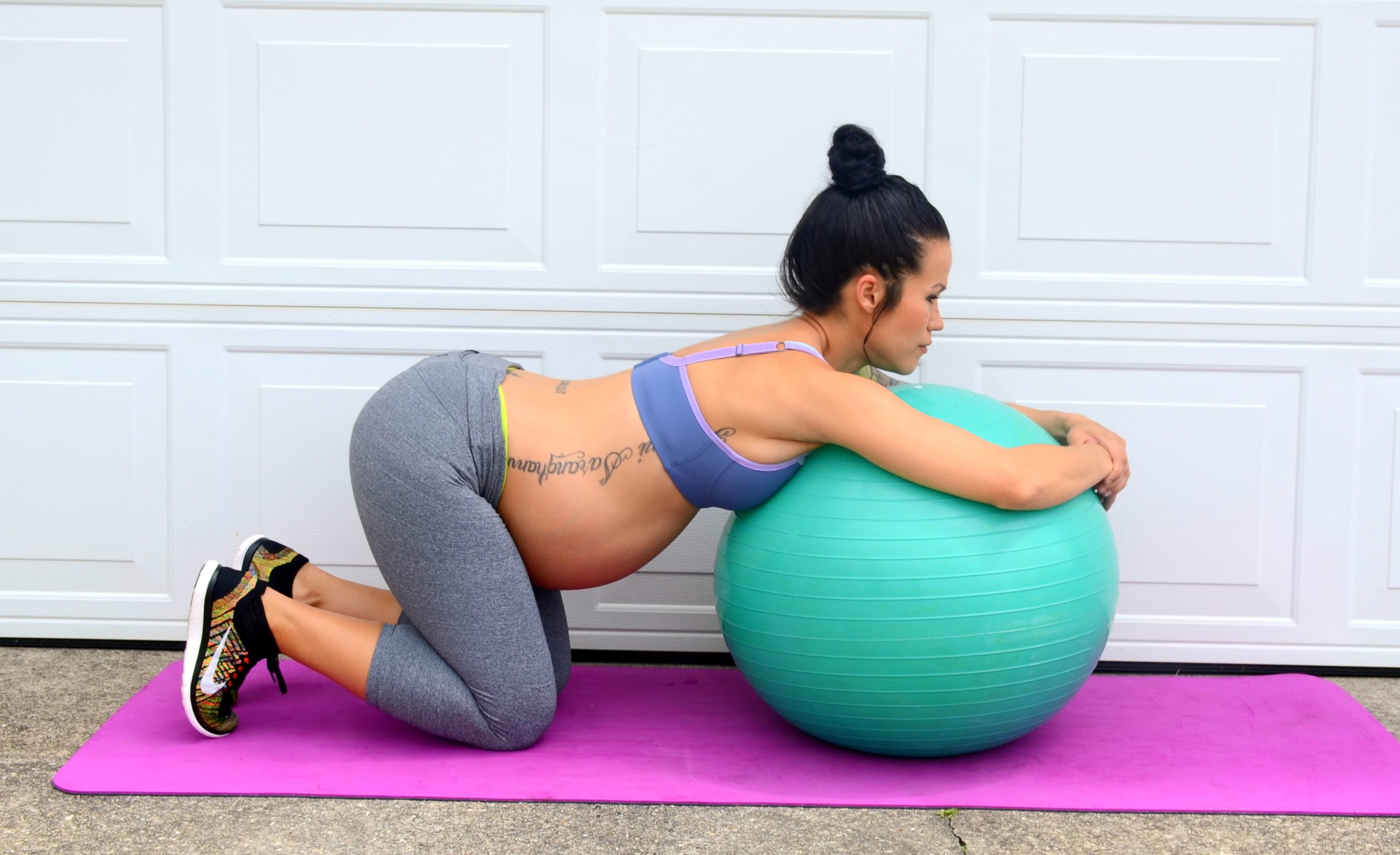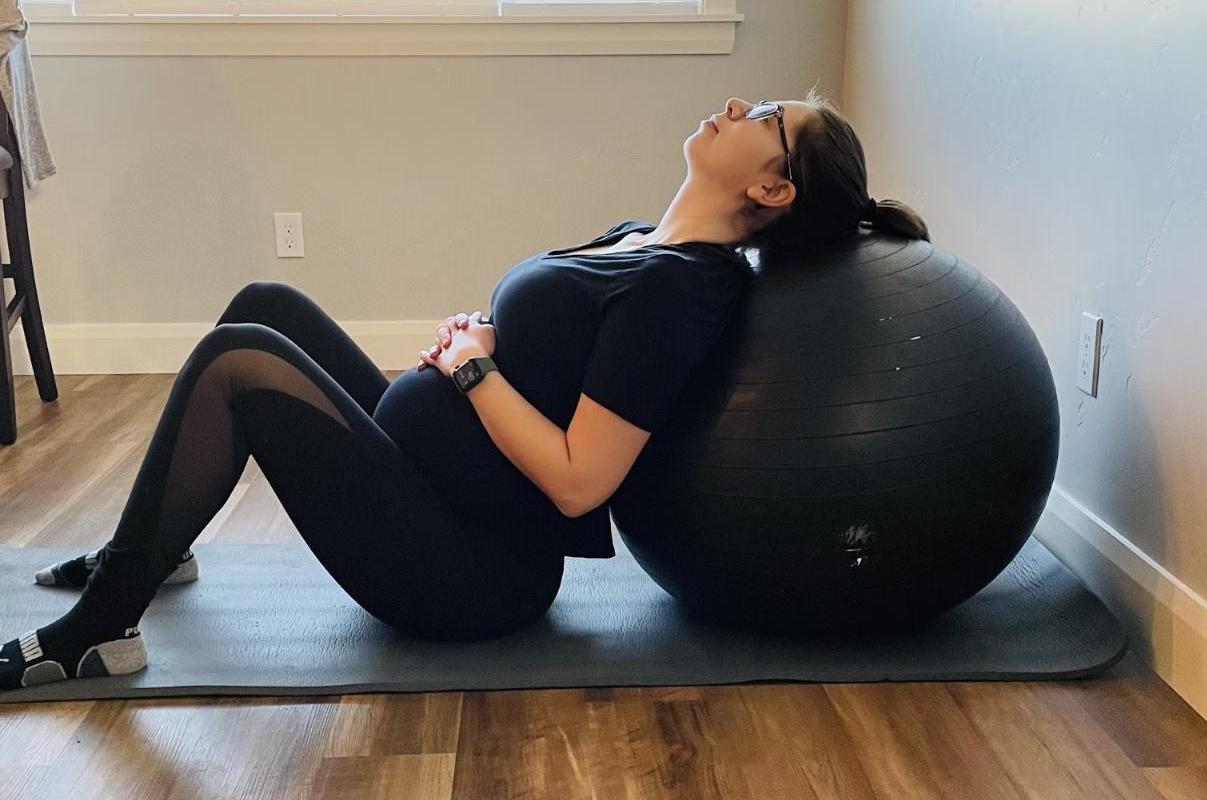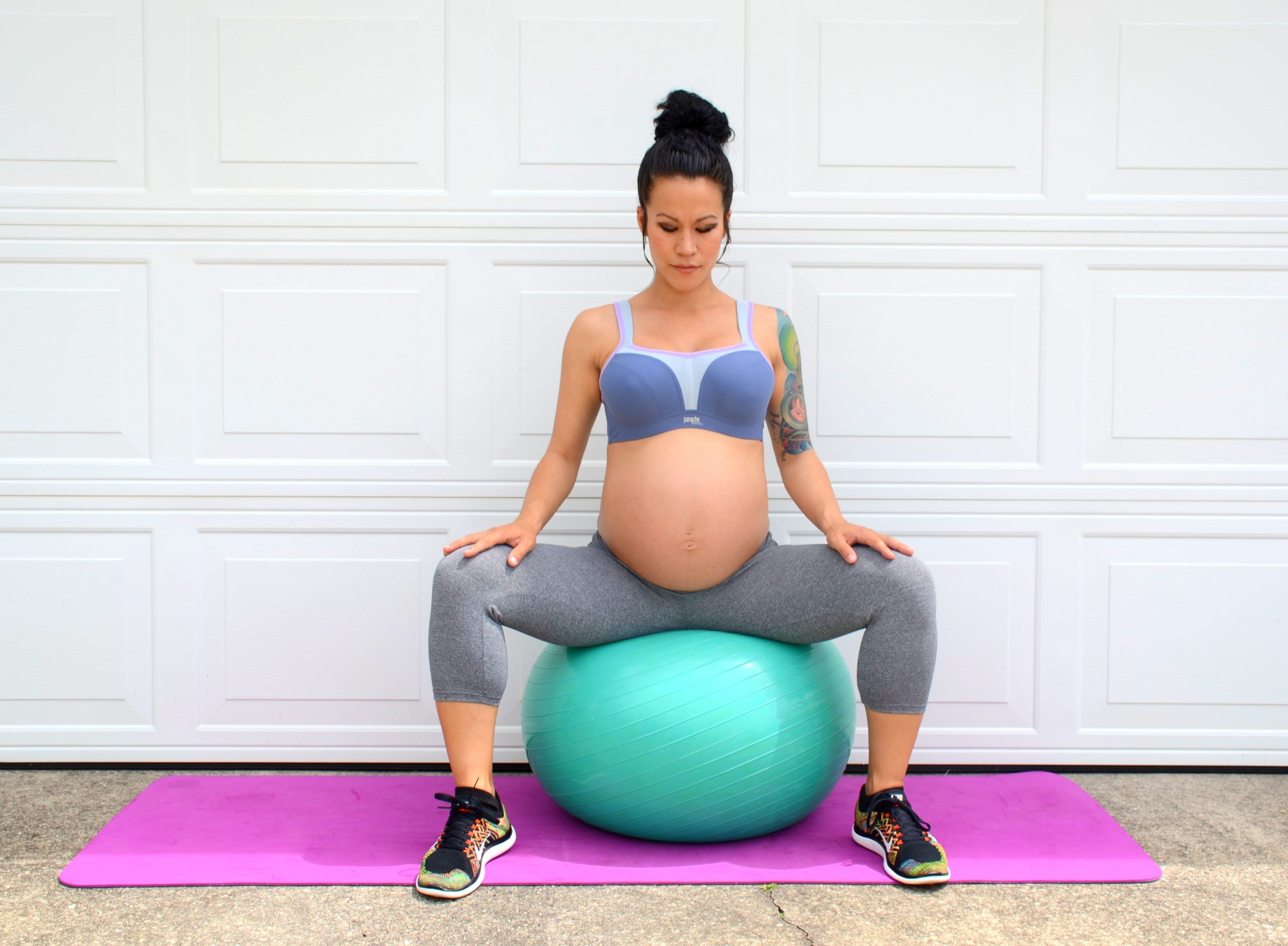Using an exercise ball to induce labor is a gentle, non-medical approach often recommended to pregnant women approaching or past their due date. This method can help position the baby for birth while also providing comfort to the mother. In this guide we will find out the techniques and safety precautions involved in using an exercise ball to facilitate labor, highlighting how this simple tool can effectively assist in the natural progression towards childbirth and potentially reduce labor duration.

Contents
How Do You Use An Exercise Ball To Induce Labor?
How Long Should I Bounce On A Ball To Induce Labor?
Frequently Asked Questions
What is the best position on a birth ball to induce labor?
Sitting on a maternity ball in a wide-legged position has proven to be beneficial. It increases blood flow, encourages cervical dilation, and preps the pelvis for labor.
How to use a birthing ball to open the cervix?
You can open the cervix by rocking your pelvis side to side, or forwards and backwards while sitting on the birthing ball. Other alternatives include leaning on the ball from a kneeling position, or leaning over the ball from a standing position with the ball placed on a higher surface.
How dilated should I be at 37 weeks?
At 37 weeks, there’s no “should” when it comes to dilation. Cervical dilation may start a few weeks before labor begins. So, being 1 cm dilated or not dilated at all by 37, 39, or 40 weeks is completely normal.
How far can you dilate without contractions?
It’s possible to dilate about 3 to 4 centimeters without active labor. Individual experiences may vary, so if your doctor says you’re dilated at your 37-week checkup, it doesn’t necessarily mean labor is imminent.

Hello, I’m Ravindra. Over the years, I’ve immersed myself deeply into the world of fitness and health, transforming both my body and mind. Writing has allowed me to share my journey, insights, and expertise with those just starting out and seasoned fitness enthusiasts alike. Beyond just routines and diets, I believe in inspiring others to adopt a holistic approach to well-being.



